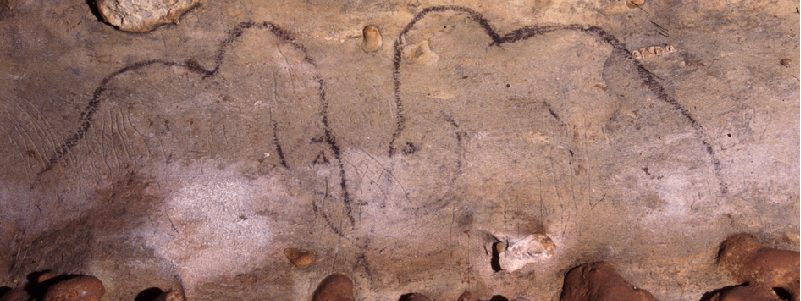By Mariah Morse and Jacob Lombardi
What if you could see a real, alive mammoth in a zoo today? How is that possible? Should that be possible? Learn about the science and ethics of bringing the mammoth back to life through cloning.
References
Lister, Adrian and Paul Bahn. Mammoths: Giants of the Ice Age. Chartwell Books, 2015.
Hoss, Matthias, Svante Paabo, and N. K. Vereshchagin. “Mammoth DNA sequences.” Nature 370.6488 (1994): 333-333.
Hofreiter, Michael. “DNA sequencing: Mammoth genomics.” Nature 456.7220 (2008): 330-331.
Roca, Alfred L., et al. “Genetic variation at hair length candidate genes in elephants and the extinct woolly mammoth.” BMC Evolutionary Biology 9.1 (2009): 232.
Poinar, Hendrik N., et al. “Metagenomics to paleogenomics: large-scale sequencing of mammoth DNA.” science 311.5759 (2006): 392-394.
Palkopoulou, Eleftheria, et al. “Complete genomes reveal signatures of demographic and genetic declines in the woolly mammoth.” Current Biology 25.10 (2015): 1395-1400.
Salsberg, Corey A. “Resurrecting the woolly mammoth: science, law, ethics, politics, and religion.” Stan. Tech. L. Rev. (2000): 1.
Miller, Webb, et al. “Sequencing the nuclear genome of the extinct woolly mammoth.” Nature 456.7220 (2008): 387-390.
Shapiro, Beth. How to clone a mammoth: the science of de-extinction. Princeton University Press, 2015.
